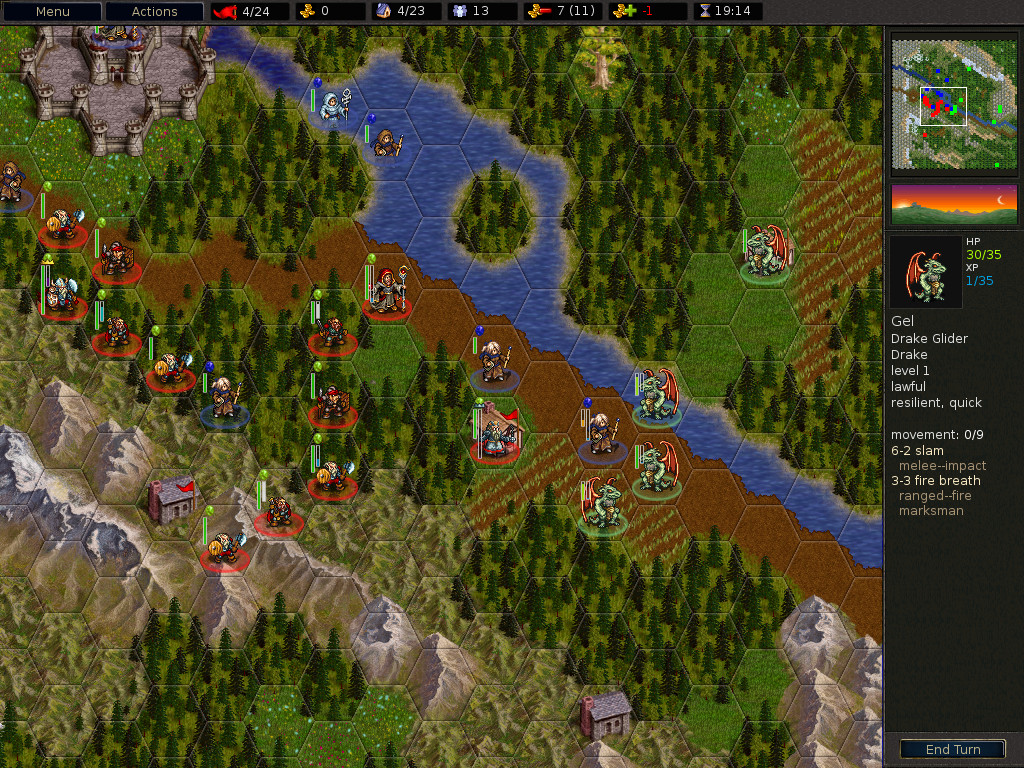Andrew_Jay
Prince
- Joined
- Aug 4, 2002
- Messages
- 438
A hex-based map is a pretty huge departure for Civilization, and no doubt some longtime players are still reeling from the announcement. Of course, hexes have been the norm in wargaming for a longtime and the makers themselves mention the Panzer General series as an inspiration.
I only have experience with a handful of wargames that uses hexes, so I'm starting this thread to discuss hex-based games in general and what that format may hold for Civ 5. If the makers are drawing on Panzer General (which I am not very familiar with), what may be in store?
To start it off, here are a couple of games that use hexes:
The Perfect General

Older computer wargame, abstract setting featuring roughly Second World War equipment (tanks, infantry, artillery, armoured cars, bazookas, etc.)
More Information
(Perfect General Internet Edition, released 2003)
Memoir '44


Tactical boardgame covering Normandy (and, with its expansions, the rest of the Second World War). Units are squads of infantry, armour or artillery with simple combat mechanics. Plus, as I'm sure you can imagine, the game also restricts you to one unit per tile.
More Information
Of course, these are two very tactical games - so what else is out there on more of a Civilization-scale?
I only have experience with a handful of wargames that uses hexes, so I'm starting this thread to discuss hex-based games in general and what that format may hold for Civ 5. If the makers are drawing on Panzer General (which I am not very familiar with), what may be in store?
To start it off, here are a couple of games that use hexes:
The Perfect General

Older computer wargame, abstract setting featuring roughly Second World War equipment (tanks, infantry, artillery, armoured cars, bazookas, etc.)
More Information
(Perfect General Internet Edition, released 2003)
Memoir '44


Tactical boardgame covering Normandy (and, with its expansions, the rest of the Second World War). Units are squads of infantry, armour or artillery with simple combat mechanics. Plus, as I'm sure you can imagine, the game also restricts you to one unit per tile.
More Information
Of course, these are two very tactical games - so what else is out there on more of a Civilization-scale?




